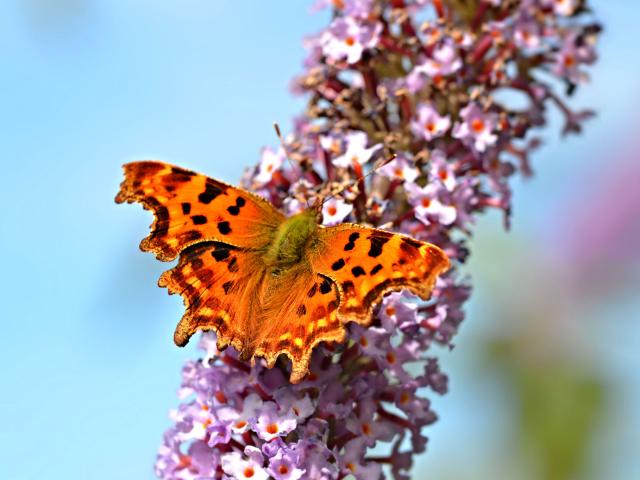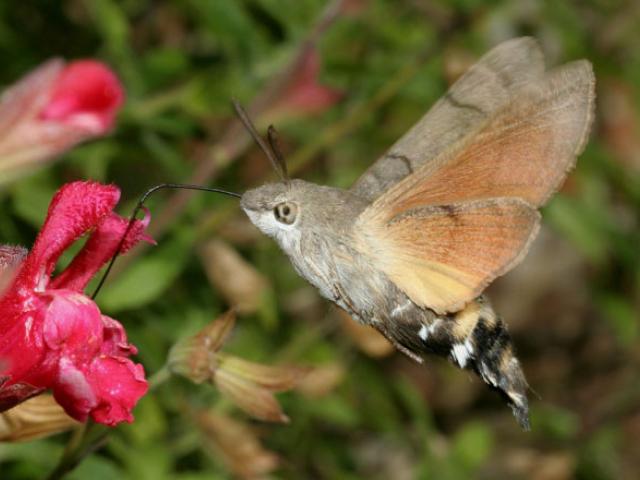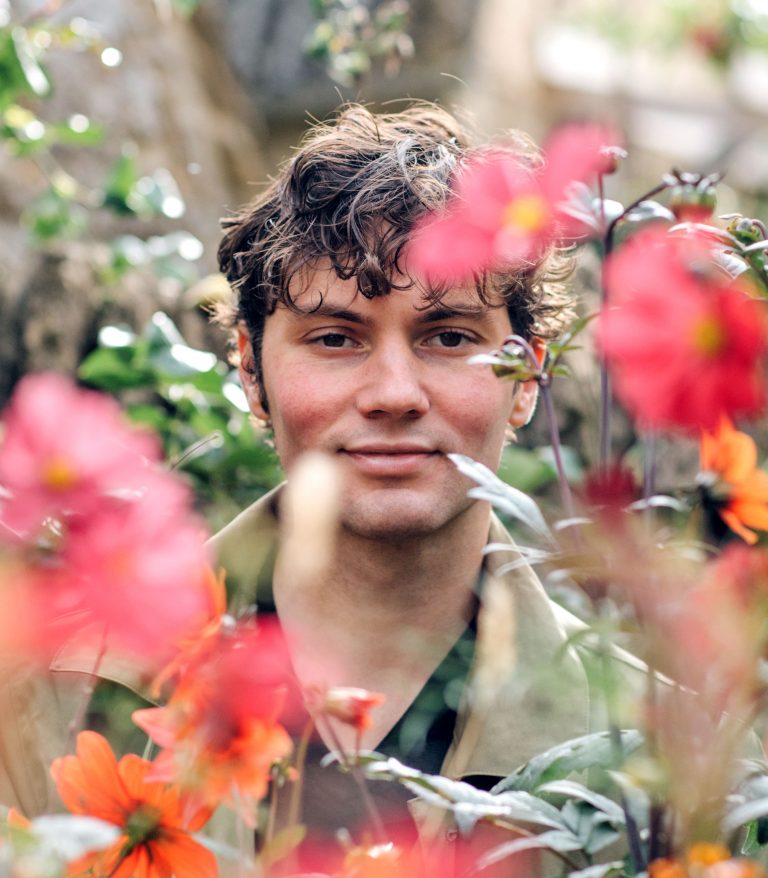Writer and gardener Arthur Parkinson shares his top tips on planting a garden that will attract butterflies.
Even in this modern world, butterflies have retained their magic. Elusively flitting silently into our gardens, a flash of fleeting beauty to be admired – often for just a few seconds before it vanishes, special and ethereal.
This merry dance of attracting butterflies and enticing them to stay in my garden for as long as possible is making me more conscious than ever of butterfly-friendly planting.
In today’s growing trend for gardening and outdoor living, butterflies are often at the centre of industry advertising. Arguably at times they are a victim of green washing – in supermarkets and garden centres, their photos can be seen on seed packets and banners; yet just a few feet away, rows of pesticides and herbicides are often found, which are one of the factors driving the decline of butterflies.
One thing to do is praise the councils that are letting areas remain unmown, and those that are even taking steps to ban herbicides. It’s very easy to moan but forget to praise where it’s due.

As a gardener, I have much to learn about butterflies. I was lucky when I was little to have my mum take me and my brother on walks, showing us the black-and-yellow Cinnabar moth caterpillars on the much-maligned Ragwort. These days, I get a daily education from following fellow gardeners on social media, most notably Nate Moss on Instagram, who has curated the lawns at Spencer House into wildflower meadows.
As usual, this spring I am growing many nectar-rich plants in the hopes of attracting butterflies. Of all the Dahlias, Blue Bayou (which is a vivid purple rather than blue) is the one that butterflies seem to favour the most. If Dahlias are too much of a fuss, then try planting the hardy perennial New England aster Violetta – it will provide late-autumn nectar just as well.
What attracted visits from Humming-bird Hawk-moths last year were the Jamensis salvias. The best is Natchvlinder – it is wind-resistant and brilliant for a sunny spot, with foliage that smells of Blackcurrants!

The stalwart Verbena bonariensis never fails to gain some pollinator attention; sadly it doesn’t self seed with gusto for me, but it will in some gardens.
Outside already as I write, the Honesty is just starting to flower and this will hopefully attract visitors. I sow the seed of this biennial each July. The bows of Buddleia have a spring in their step of silver leaves. I have some dwarf varieties in pots – Buzz Indigo and Hot Raspberry are growing in dustbins with clumps of strawberry, mints and Marjoram: all good low-maintenance plants. Marjoram is something my nan always had in her garden and it would self seed all over, alive with Meadow Brown and Tortoiseshell butterflies.
I love the larger Black Knight Buddleia, too, filling the air by the door on a summer’s evening with its honey-like perfume.
Thank goodness for having the hope of saving both butterflies and moths – we still have a chance, especially by gardening for them.
Find out more
Arthur’s latest book, Planting a Paradise: A Year of Pots and Pollinators, is out in October.
Find Arthur (and pictures of his garden and chickens) on Instagram @arthurparkinson_
(Top photo credit: Create Academy)


